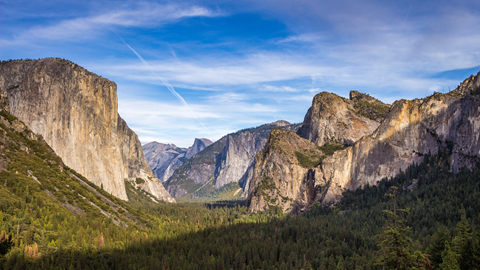There is a wide variety in the level of training for camp health officers, ambulance response times to summer camps, and availability of on-site emergency medical equipment, such as automatic external defibrillators (AED).
A recently published study from the University of Michigan summarizes the results of a mail survey of Michigan camp health officers (CHO) during the summer of 2001. Licensed Michigan camps are required to have a Camp Health Officer. Fifty percent (n=129/258) of CHOs responded to the survey. A CHO must have at least first aid, CPR, and blood borne pathogens training.
The study reports that 45% of the CHOs were registered nurses. The remainder is trained as paramedics, EMTs, or first responders. Forty-seven percent (47%) of CHOs reported caring for campers with significant medical problems, such as asthma (70%), diabetes (54%), ADHD (36%), and seizure disorder (23%).
Forty percent (40%) of respondents reported an ambulance response time to camp of more than 10 minutes (10% did not know). Seventy-one (71%) percent of respondents reported transport time from camp to the nearest hospital of more than ten minutes. Forty-seven (47%) percent of respondents did not know if their local ambulance was staffed with paramedics or EMTs. At the time of the survey only 2 respondents owned an AED. While this has likely improved, an AED is most effective if applied with in 3-6 minutes of cardiac arrest. Given the reported response times, an EMS AED will likely arrive too late for most camp cardiac arrest victims. This study has several important reminders:
1) Get to know the capabilities of your local emergency medical service.
- How quickly can the nearest ambulance arrive?
- Is the ambulance staffed by volunteers or paid staff; EMTs or paramedics?
- Who is responsible for extricating patients from challenge courses, the swim areas, or climbing walls—you or the EMS crew?
- Does the ambulance contain a current map of your roads and buildings?
2) Choose an appropriate level of training for the CHO and other camp staff according to:
- Severity of clientele health problems
- Capabilities of local EMS
- Local licensing and industry accreditation requirements
- Time for EMS to reach Camp. (American Camp Association standard HW-1 First Aid and Emergency Care calls for trained adult on duty at all times with at least CPR and 2 nd level first aid if it takes EMS 20-60 minutes to reach the scene, and CPR and Wilderness First Aid if it takes EMS 60 or more minutes to arrive)
Ambulance response times and transport times to the hospital
| < 5 min | 5–10 min |
10–15 min | 15–20 min |
>20 min | Don’t know | |
|---|---|---|---|---|---|---|
| Response time to camp |
11%
|
39%
|
25%
|
11%
|
4%
|
10%
|
| Time from camp to hospital |
7%
|
24%
|
40%
|
29%
|
22%
|
7%
|
Camp health officer comfort with skills and backup
| Strongly agree |
Agree | Neither agree nor disagree |
Disagree | Strongly disagree |
|
|---|---|---|---|---|---|
| I feel comfortable taking care of sick or ill campers at camp |
65%
|
31%
|
3%
|
1%
|
0%
|
| I have adequate medical backup if I feel uncomfortable with a sick or injured camper |
66%
|
29%
|
2%
|
2%
|
1%
|
| I have a local “camp doctor” who is responsive to my needs and concerns |
43%
|
32%
|
14%
|
7%
|
4%
|
| I feel comfortable with my local ambulance service |
50%
|
29%
|
17%
|
4%
|
0%
|
| I feel comfortable with my local emergency department |
46%
|
38%
|
10%
|
4%
|
2%
|
Reference
Walton EA, Maio RF, Hill EM. “ Camp Health Services in the State of Michigan.” Wilderness and Environmental Medicine. 2004. 15: 274-283 [view full research article at www.wms.org/pubs/i1080-6032-015-04-0274.pdf]
Greg Friese, MS, EMT-B, WEMT is president of Emergency Preparedness Systems LLC.
All rights reserved. Outdoor Ed LLC is granted full permission to display the article and all associated material. This material may not be reproduced or extracted in any fashion electronic or otherwise without the express permission of the original author.


